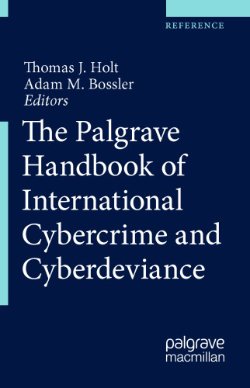By Karina Garcia
This paper provides first-hand data regarding the perpetrators’ perspectives about their engagement in practices of drug trafficking-related violence in Mexico such as murder, kidnapping and torture. Drawing on the life stories of thirty-three former participants in the Mexican drug trade—often self-described as “narcos”— collected in the North of Mexico between October 2014 and January 2015, this paper shows how violent practices serve different purposes, which indicates the need for different strategies to tackle them.
San Diego: Justice in Mexico, University of San Diego, 2019. 37p.





















